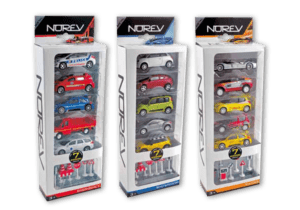Home » Cost vs. Protection: Balancing Aspects of Protective Packaging
Cost vs. Protection: Balancing Aspects of Protective Packaging
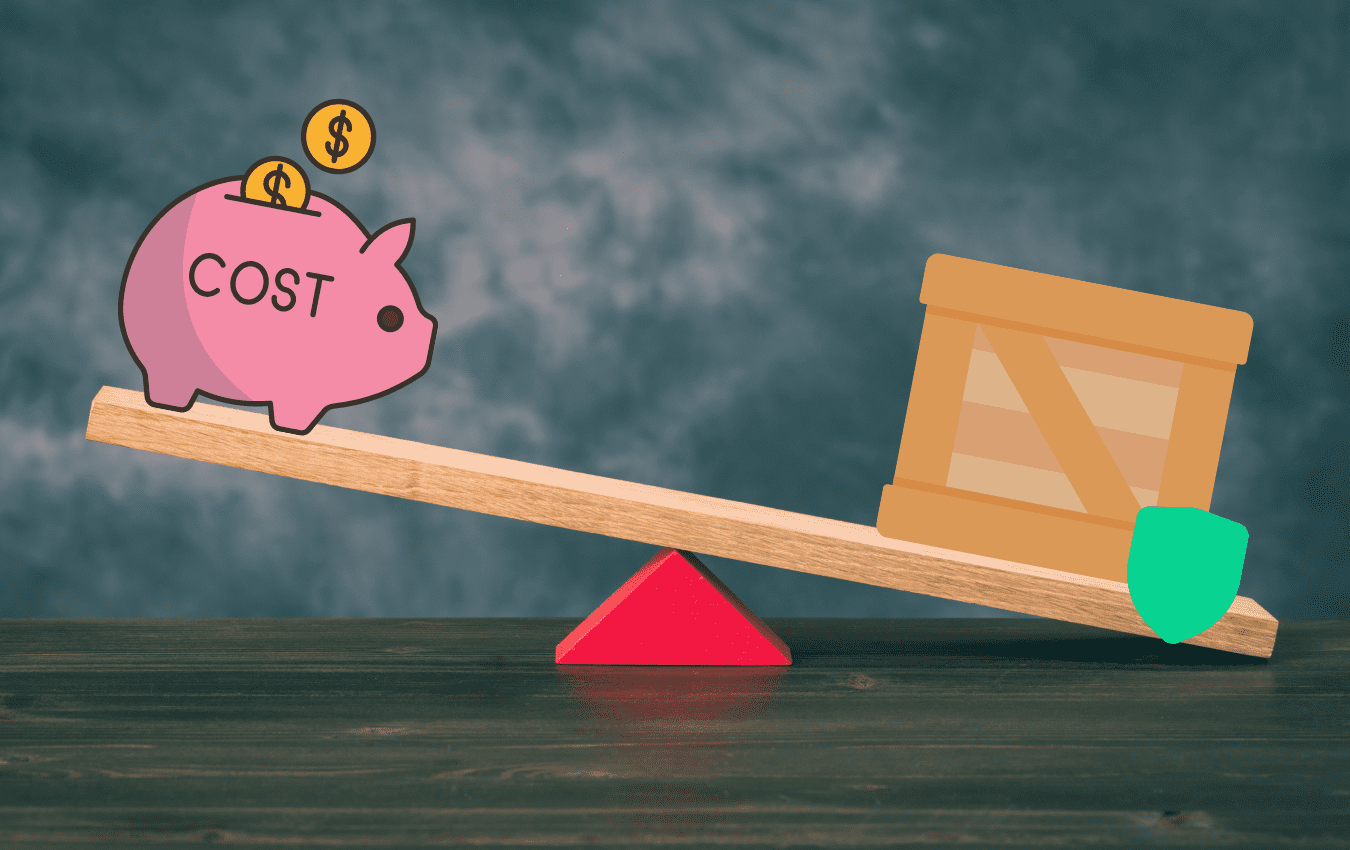
In today’s fast-paced world, protective packaging plays a crucial role in safeguarding products during transportation, handling, and storage. It acts as a shield against various external factors, including impacts, vibrations, moisture, temperature variations, and more. However, businesses often face the challenge of balancing the cost of packaging materials and the level of protection required. This blog explores the delicate balance between cost and protection and provides detailed insights into optimizing packaging choices.
Understanding the Importance of Protective Packaging
Protective packaging serves two primary purposes: preserving product integrity and minimizing damage risks. Whether it’s fragile electronics, delicate glassware, or perishable goods, proper packaging ensures that products reach customers in pristine condition. It helps prevent loss, enhances customer satisfaction, and maintains brand reputation.

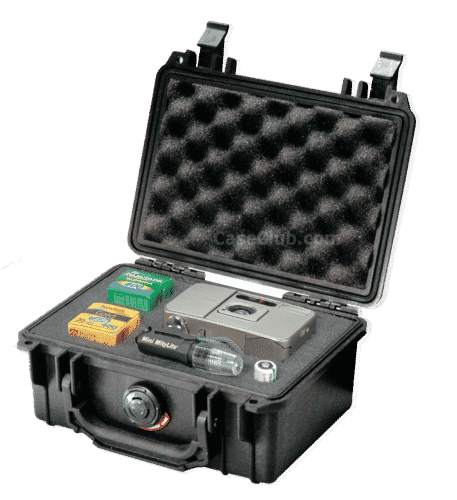
Factors Influencing Packaging Choices
Nature of the Product
- Fragility: Fragile items, such as glass or electronic components, require extra layers of cushioning to protect against impacts and vibrations.
- Perishability: Perishable goods, like food or pharmaceuticals, may require temperature-controlled packaging to maintain product freshness and quality.
Transportation Method
- Air Transportation: Air freight involves multiple handling points and potential turbulence. Packaging for air transportation should be designed to withstand these challenges, providing adequate protection against impacts and pressure changes.
- Sea Transportation: Shipping by sea introduces the risk of moisture and salt exposure. Packaging materials should be moisture-resistant and provide corrosion protection.
- Land Transportation: Road or rail transportation involves various vibrations and rough handling. Packaging should be robust enough to withstand these conditions.
Storage Conditions
- Duration of Storage: If products are stored for an extended period, protection against environmental factors such as humidity, dust, and temperature fluctuations become crucial. Packaging materials should provide insulation and barrier properties as needed.
- Storage Environment: Warehouses or storage facilities may have specific conditions that impact packaging requirements. For example, if products are stored outdoors, packaging should offer protection against UV radiation and weather elements.
Regulatory Compliance
- Industries such as pharmaceuticals, hazardous goods, or food products have specific packaging regulations to ensure safety and compliance. Packaging materials must meet these requirements, which may impact costs.
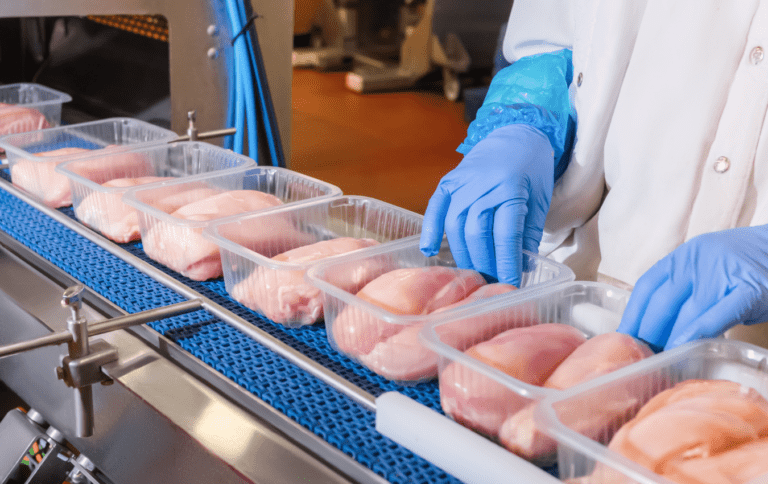
Cost Considerations in Protective Packaging
Material Selection
- Traditional Materials: Bubble wrap, foam inserts, corrugated cardboard, and air pillows are widely used and cost-effective options for protection. They provide cushioning, shock absorption, and product support.
- Sustainable Materials: Eco-friendly packaging materials, such as recycled paper, biodegradable plastics, and compostable materials, offer a more environmentally responsible option. While these materials may have a higher upfront cost, they can enhance brand image and customer perception.
Quantity and Volume Discounts
- Businesses that require large volumes of packaging materials can explore bulk purchasing options. Suppliers often offer discounts for bulk orders, reducing the overall packaging costs.
Customization
- Tailoring packaging solutions to the specific needs of the product can optimize costs. Custom-sized boxes, inserts, or dividers can reduce material waste and improve overall protection. Custom packaging also provides a more tailored and professional presentation.
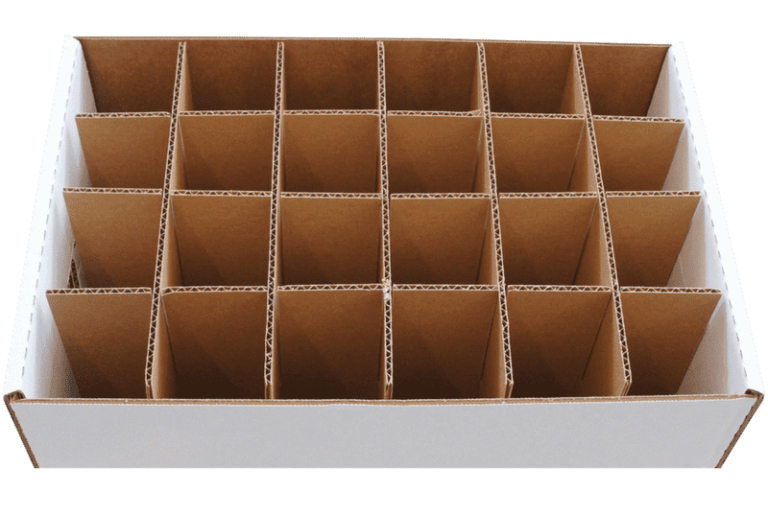
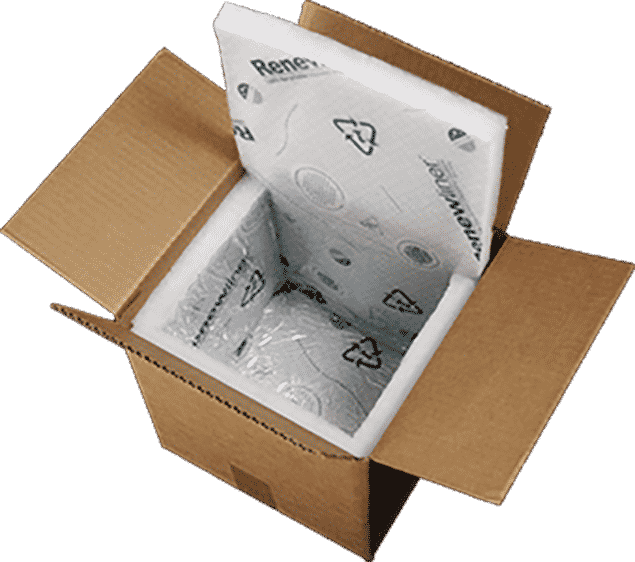
Optimizing Cost-Effective Protection
Packaging Design
- Efficient designs maximize the use of materials, reduce waste, and minimize costs. Packaging engineers can create innovative designs that achieve optimal protection while using fewer materials.
- Utilizing standardized packaging sizes can improve efficiency in terms of storage space, transportation, and handling.
Testing and Prototyping
- Conducting thorough testing and prototyping can help identify the minimum level of protection required. By simulating real-world conditions, businesses can determine the most cost-effective packaging solution that meets the necessary protective standards. Testing may involve drop tests, compression tests, or vibration tests.
Supply Chain Collaboration
- Collaborating with suppliers and logistics partners can provide valuable insights into cost-effective protective packaging solutions. By working together, it’s possible to identify opportunities for efficiency improvements and cost reduction. Partnerships can also facilitate the sharing of best practices and industry knowledge.
Sustainable Packaging Solutions
In recent years, sustainability has become a significant concern for both businesses and consumers. Balancing cost and protection while also addressing environmental considerations is essential. Opting for eco-friendly materials, reducing packaging waste, and adopting recyclable or biodegradable options can align cost savings with environmental responsibility. These measures can enhance brand reputation, attract eco-conscious customers, and contribute to a greener future.
If you are interested in protective packaging or packaging designed to protect your product, then partner with Brown Packaging today. Our experts will help you maintain cost, while optimizing your product’s protection.
In packaging, foam isn’t just about initial protection — it’s about maintaining performance over the entire shipping or storage cycle. Compression set and recovery characteristics
Pouches are a go-to for flexibility and convenience, but they can fail in critical ways—from poor seals to punctures and delamination—that hurt performance and brand
In the retail environment, the placement of Point of Purchase (POP) displays is just as critical as their design and content. Strategic positioning can significantly
Choosing the right foam density isn’t about “soft” versus “hard” — it’s about controlling shock transmission and matching the foam’s cushioning curve to the product’s
Moisture resistance and dimensional stability are critical performance factors for custom inserts, especially when products are shipped or stored in variable climates. Both foam and
Sustainability in pet food packaging is not just about recyclability—it’s about reducing environmental impact across the entire lifecycle. For products with high barrier needs like
Home » Cost vs. Protection: Balancing Aspects of Protective Packaging
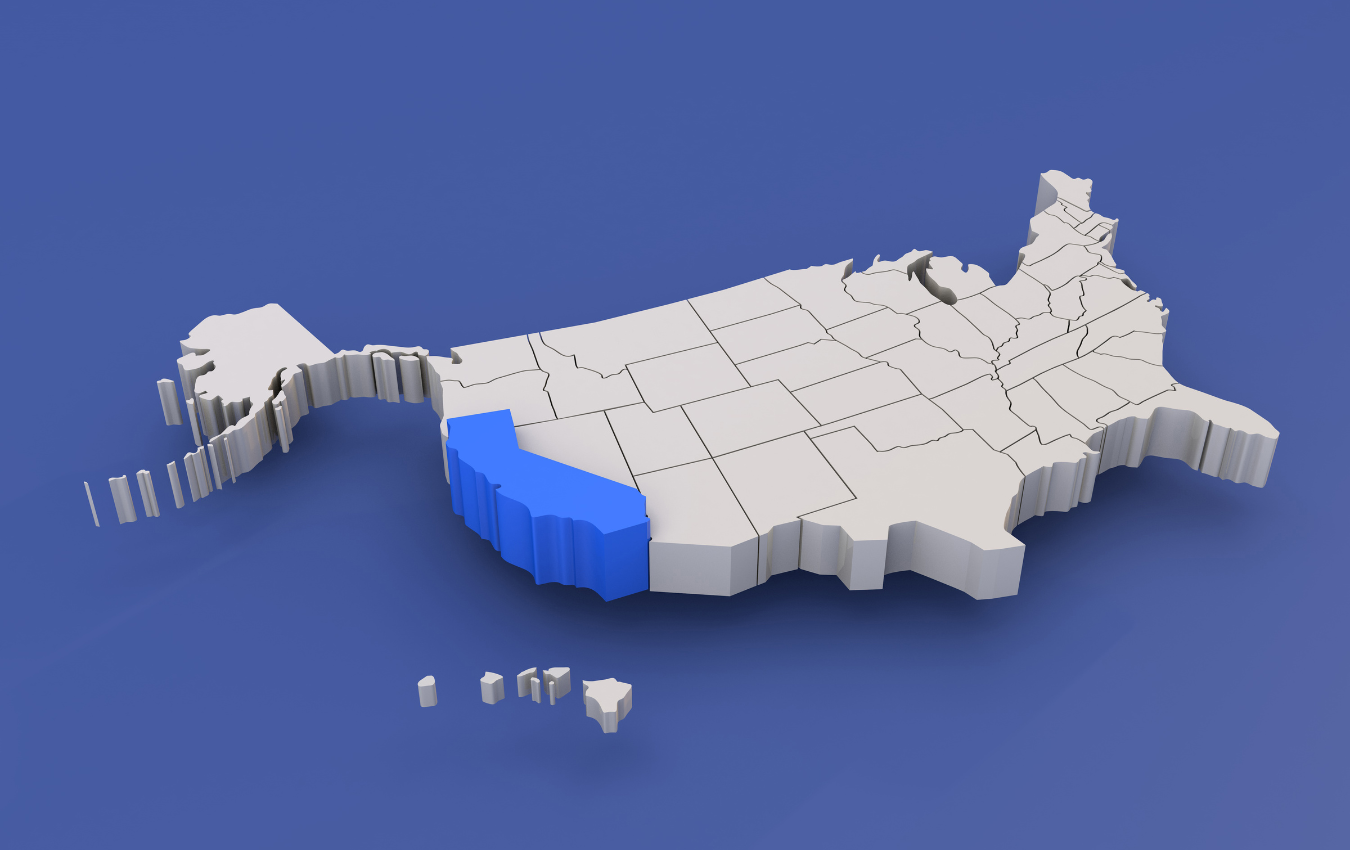
Packaging plays a crucial role in product presentation, preservation, and sustainability. While packaging regulations across the United States generally adhere to federal guidelines, California stands

In the highly competitive beauty industry, packaging is much more than just a container for products. It plays a pivotal role in brand identity, customer
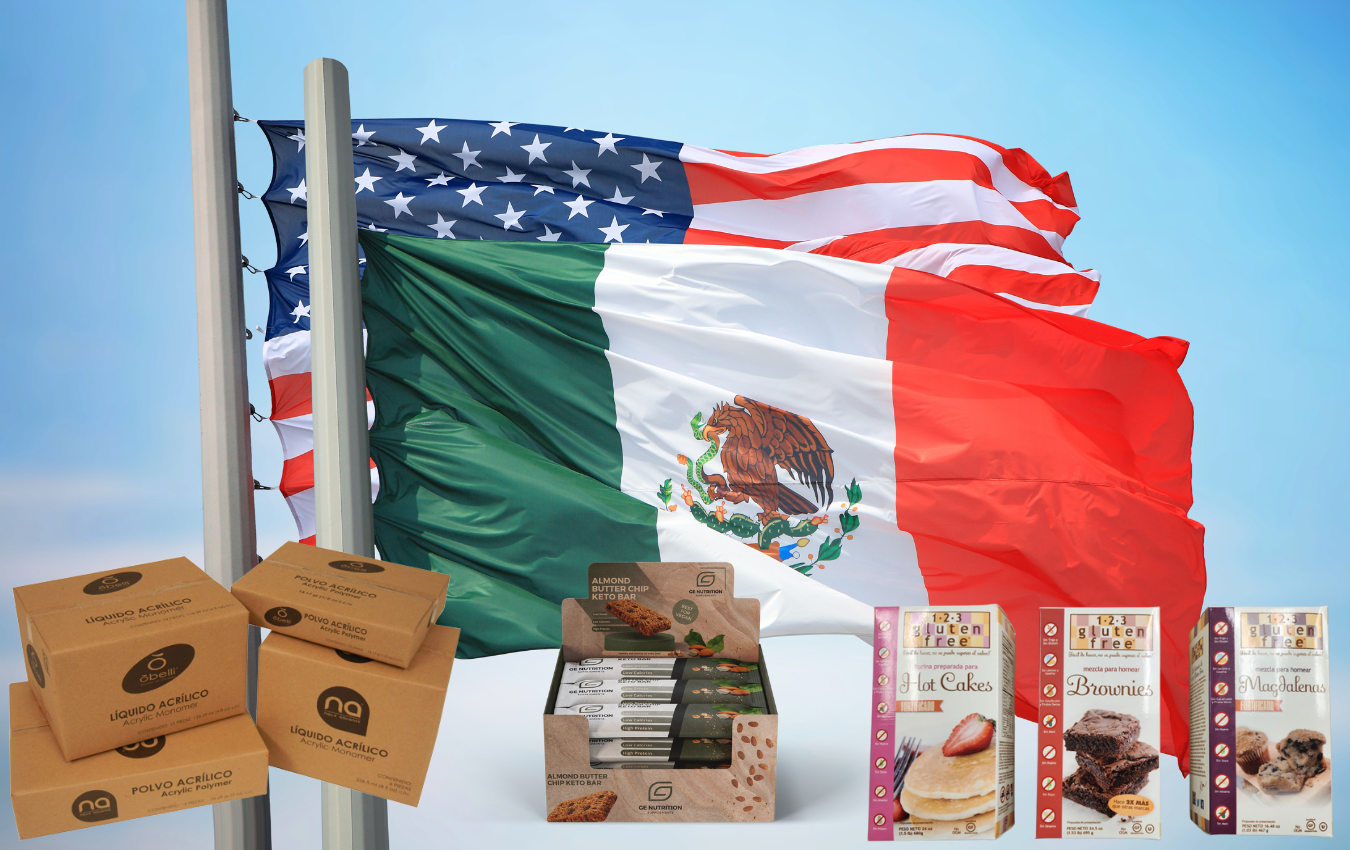
As companies seek cost-effective and reliable packaging solutions, many are weighing the pros and cons of sourcing from U.S. vs. Mexican suppliers in 2025. While


